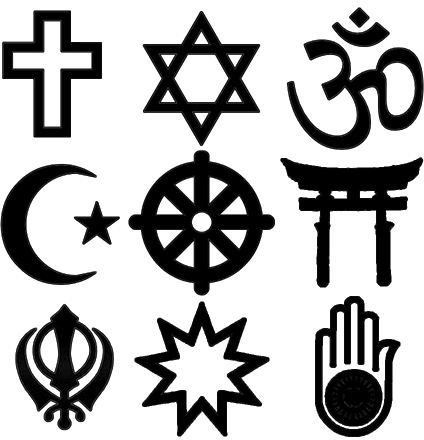Society in the ‘roaring twenties’ was distinguished as being an era full of wealth and booze, where everyone danced to jazz and anyone could get rich. In all actuality though the 1920’s was a time where diversity and modernity were transforming American culture and society. Even though society was greatly influenced by easy money on the stock market and speakeasies sprouting from prohibition, America was becoming a modern era because of improvements technologically and culturally, all leading towards drastic changes in society. These changes offered more possibilities to women and African Americans the most, while immigrants were still a big part of society they received little to none opportunities.

Socially, women had considerable change in the 1920’s. At the start of the era women were finally given the right to vote, giving them more equality and now an even greater sense of freedom. This freedom was at its highest in northern urban areas, where women began to find more jobs in retail and factories, and also as teachers, nurses, typists, and stenographers. But even their morals and goals changed as well, women’s hair and dresses became shorter, their began using more makeup, took up drinking and smoking, which F. Scott Fitzgerald used to show the fast, upbeat times in 'The Great Gatsby'. Women began to live life for themselves and didn't even care what they did, as shown in the picture, five young women pose by lifting up their skirts, something that would have cause extreme problems before the 20’s. Being referred to as ‘Flappers’ or ‘Vamps’, they also prolonged marriage and having children as it was no longer a top priority, and even made birth control known to prevent such things. While some women enjoyed this new freedom many others did not get to experience it in the same degree. In the more rural areas, such as the south and west, women didn't necessarily get the same treatment, as they were still under the influence of traditional roles. Their clothes were still modest, marriage and children was their top priority, they didn't have jobs and depended on either their husband or their fathers for their money, and they were expected to virtuous and pure and act that way, not like flappers in cities. Even though the 20’s were a time of new found freedom, women all over the country though were still struggling for complete equality, they may have finally ended the battle for women’s suffrage but were still victims of discrimination.

Just as the 20’s were beneficial to women’s society, it also presented new opportunities for African Americans as well. There began a social movement that promoted racial pride for African Americans, which led to a new self expression and economic independence. The movement, or the harlem renaissance, was centered around Harlem, becoming ‘the capital for black America’. This sparked African Americans to become more creative leading to the start of jazz music. Once jazz was born it quickly spread to the rest of the country and racial pride grew even more, their music had proved that they had many things to offer the world and in some aspects racism had diminished, as shown in the picture below an African American plays jazz to a crown filled with whites and African Americans. While F. Scott Fitzgerald doesn't really write about African Americans in general, he uses their jazz music to show the popularity of the parties mentioned in ‘The Great Gatsby’. But the majority of African Americans were still poor, and living in ghettos in the cities with poor conditions, and as they fought for jobs with whites there came a new discriminatory threat, the resurrection of the Ku Klux Klan. With nearly 5 million members they were still anti-black but even more powerful than before, they had political influence and it even spread to movies, as shown in the ‘Birth of a Nation’ which glorified the KKK and disparaged African Americans. So while the 20’s did bring new social changes for African Americans, they were still treated unfairly, and forced to live in poor conditions because of it.

Out of everyone who benefited in the 1920’s, immigrants were not one of them. In the start of the 20’s, America, the great melting pot, was over pouring from over 9 million immigrants who came over, mainly from eastern and southern Europe. The Emergency Quota act was then quickly passed to limit immigration to 3 percent based on the number of the group already in America, which was then replaced by the Immigration Act which limited groups to only 2 percent. While groups struggled to make it in, the ones already in the country were faced with other problems. Often unable to speak English and as shown in the picture, living in an overcrowded ethnic community with their countrymen, they were separated socially and culturally from others. Being given the low wage, hazardous jobs they had very little money and on top of that were also hated by the newly formed KKK. Even though some Americans tried to ‘Americanize’ new groups, many immigrants stuck to their native roots, wanting to balance american and native culture. Social life for immigrants in the 1920’s was overall harsh compared to the opportunities society offered others.

.png)

